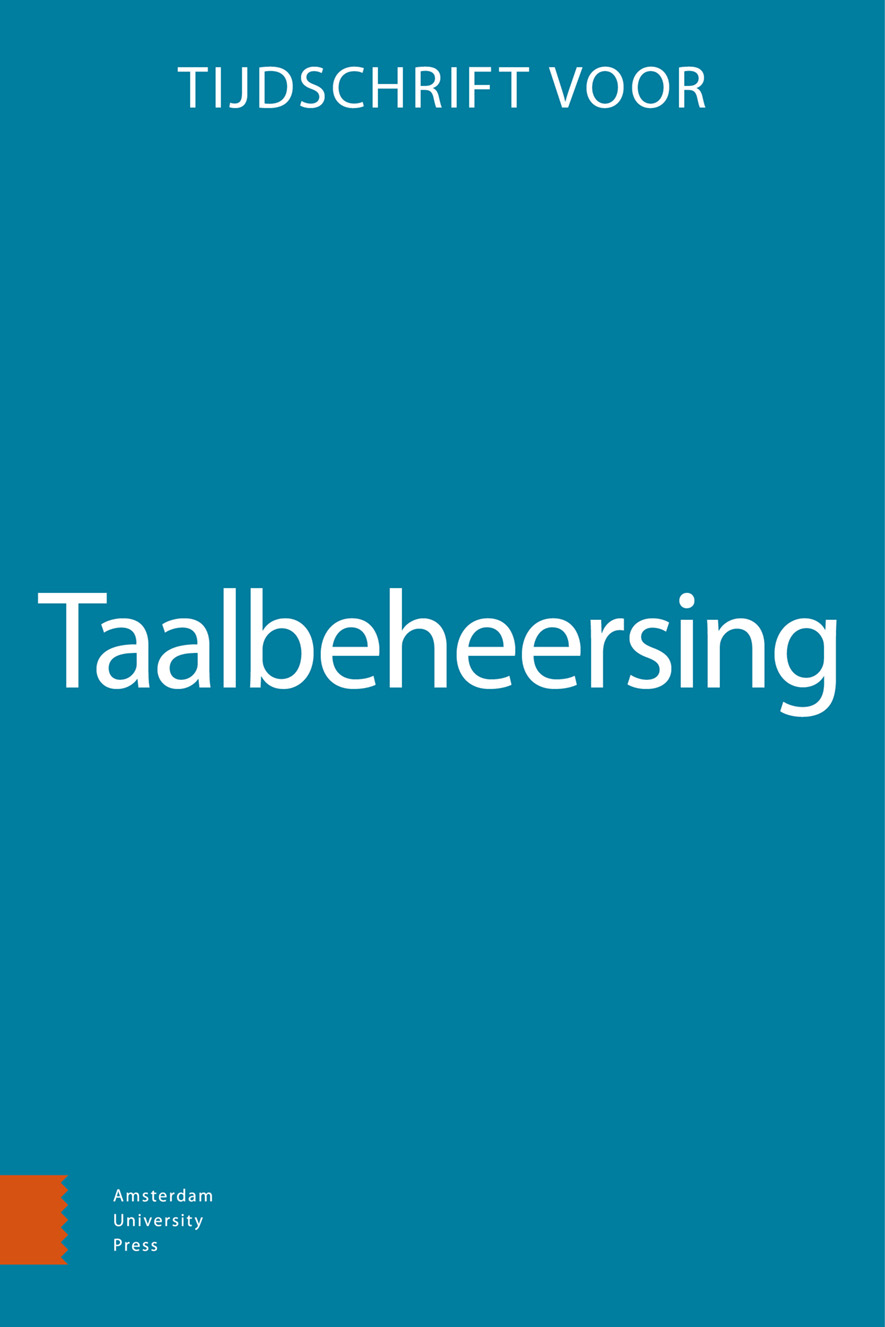-
oa Gecombineerd gebruik van u en je in personeelsadvertenties
Over de grammaticale en culturele context van aanspreekvormen
- Amsterdam University Press
- Source: Tijdschrift voor Taalbeheersing, Volume 39, Issue 3, Nov 2017, p. 329 - 346
Abstract
Combined use of u and je in employment advertisements: On the grammatical and cultural context of forms of address
This paper concerns the use of forms of address, especially the second-person pronouns je and u, in employment advertisements in the Netherlands and Flanders. An innovative aspect of our study is that we created a corpus of advertisements in which a special property is that there is a combined use of u-forms and je-forms. Among other things, this makes it possible to find out why authors use a u-form, even though familiar forms of address are used elsewhere in the text. Our study elaborates on research by Vismans (2007), who focusses on forms of address in job advertisements for highly-educated persons. Our corpus, however, is not restricted to advertisements aimed at highly-educated candidates and our method is not based on identifications of whole advertisement texts in terms of very general patterns (as done in earlier research), but we focus on individual occurrences of pronouns. Our goal is to show the combined action of two relevant factors playing a role in the use of forms of address: (1) the differences between the Netherlands and Flanders in terms of cultural values and (2) the syntactic function (subject or non-subject) of the constituent in which the form occurs. We conclude that forms of address are not only determined by cultural factors, but that the choice of a certain form can reflect Flemish dialect and colloquial varieties, in which a u-form exists which is the non-subject-form of ge/gij. The results show that when we compare the use of pronouns in subject and non-subject functions, there is a preference for u-forms to be used in non-subject functions. An unexpected result is that a similar pattern is found in material from the Netherlands. This can be related to the historical paradigm (as described by Vermaas 2005), in which u was only used in non-subject functions in Netherlandic Dutch as well.


